Waste & material traceability solution for sustainable facilities
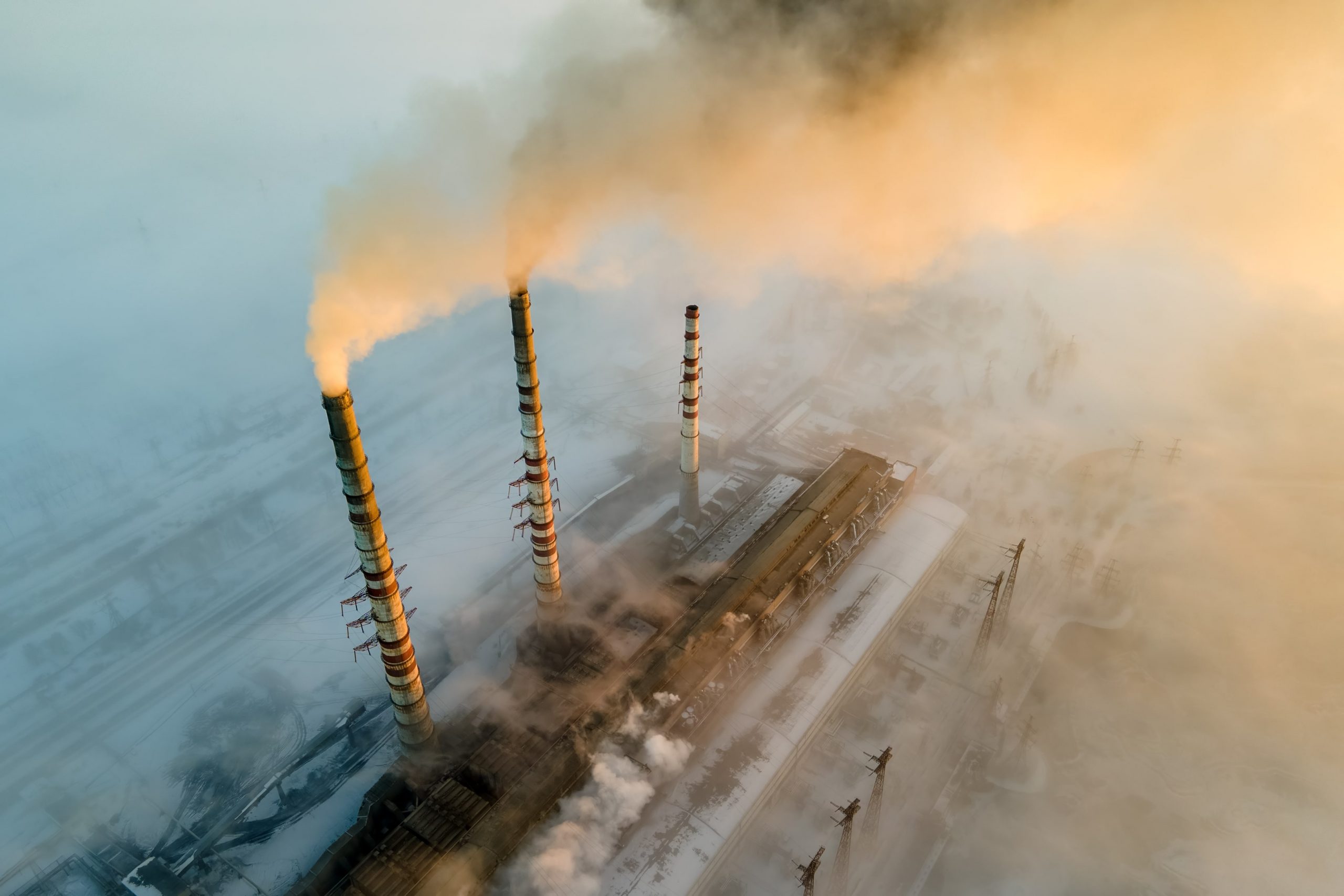
Space technologies show us that our universe is endless, growing more every day. Maybe because of this sense of eternity, we don’t realize what we’re doing! Humanity is consuming the resources of the world, a tiny part of that universe, at full speed. The use of nonrenewable resources has recently guided us that there should be an ethical limit to growth.
When the rising inflation and energy crisis are combined with the climate crisis, we are reminded once again to respect nature and protect the resources, especially non-renewable ones. So what are non-renewable resources? Is it everyone’s responsibility to safeguard them? How can we do this? Let’s explore!
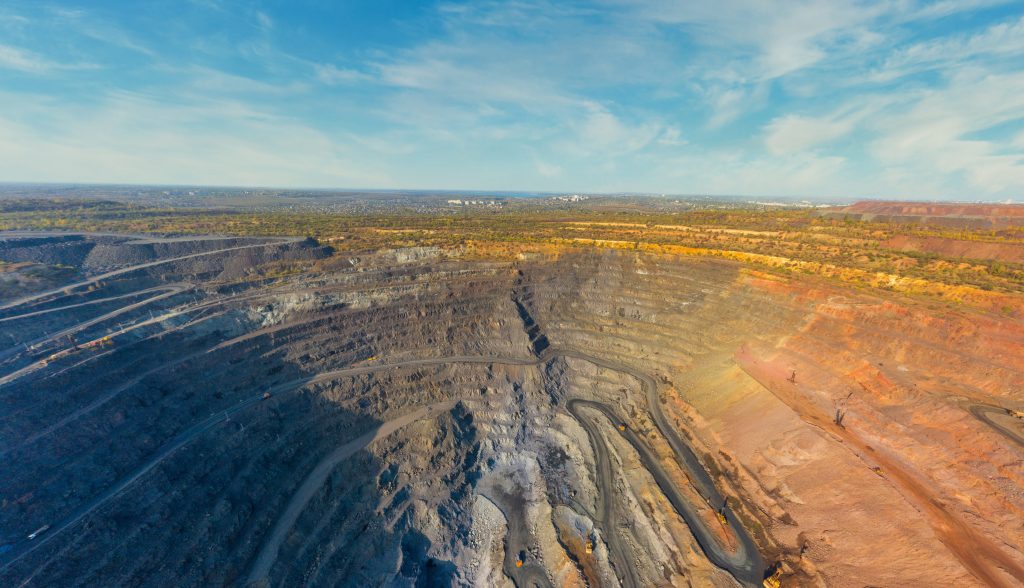
A nonrenewable resource refers to finite resources. A quite formal nonrenewable definition comes from the US Energy Information Administration: “Nonrenewable resources do not form or replenish in a short period of time.” So, they should be used with care and planning. Without nonrenewable resources, it would be hard for us to get through even a day now!
Although Sustainable Energy Development (SED) and clean energy transition are starting everywhere, the process has not yet reached the desired point. To get the 2050 targets against the climate crisis, we need the ability of nonrenewable materials to circulate in markets too. Let’s look at examples of nonrenewable resources together.
Creatures and plants that died millions of years ago are now our sources of life! Nonrenewable energy sources generally consist of organic carbon material, in other words, fossil fuels.

Crude oil is a liquid fossil fuel whose source is underground reservoirs, rocks, and tar sands. After processed in refineries, it becomes petroleum products like:
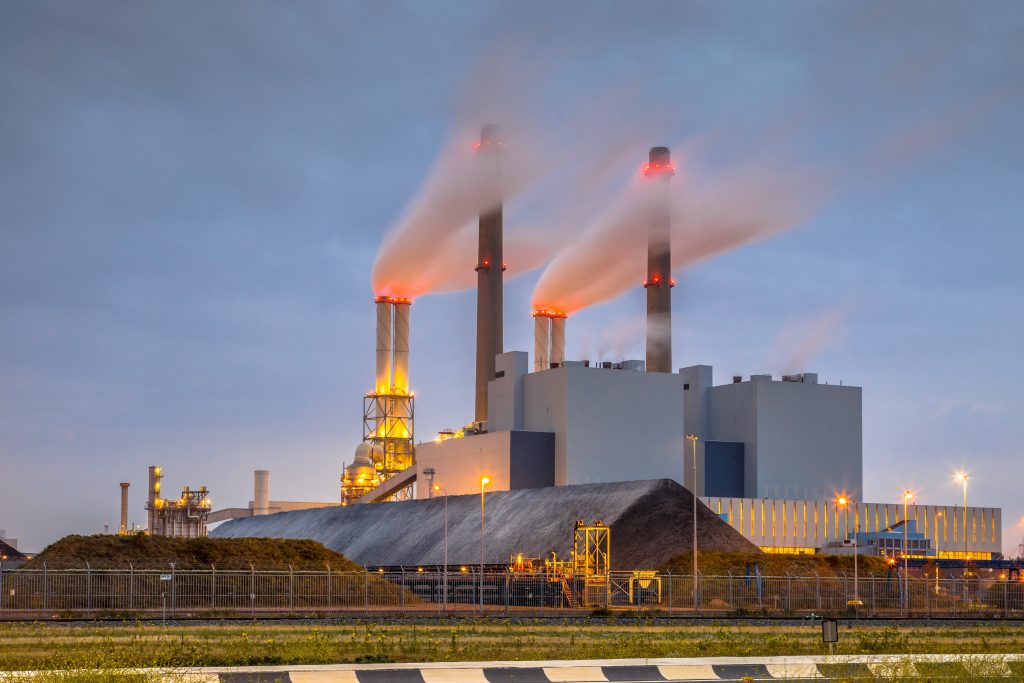
The first option is the coal nonrenewable resources case. Coal is a very diverse fossil energy source consisting of plant fossils. It has been the basis of many sectors and warming for a very long time with its carbon and hydrocarbons. However, coal power plants were the first abandoned places, especially in Europe, in the clean energy transition process due to the significant damage it caused to the environment.
Some coal types, according to the carbon rates and most used sectors, are as follows:
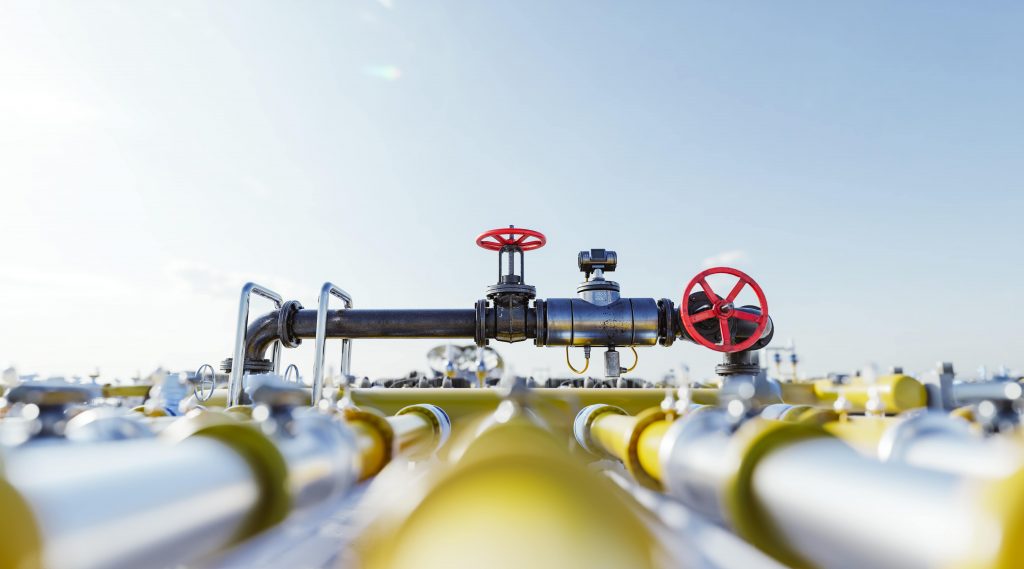
Natural gas can be obtained by drilling into rocks and has three main types:
It mainly involves methane, but the following gases can also be in it: Propane, butane, and ethane. After extraction, the gas is sent to processing plants to draw propane and butane for turning them into liquefied petroleum gas (LPG). Then, processed natural gas is mostly used for heating homes and cooking.
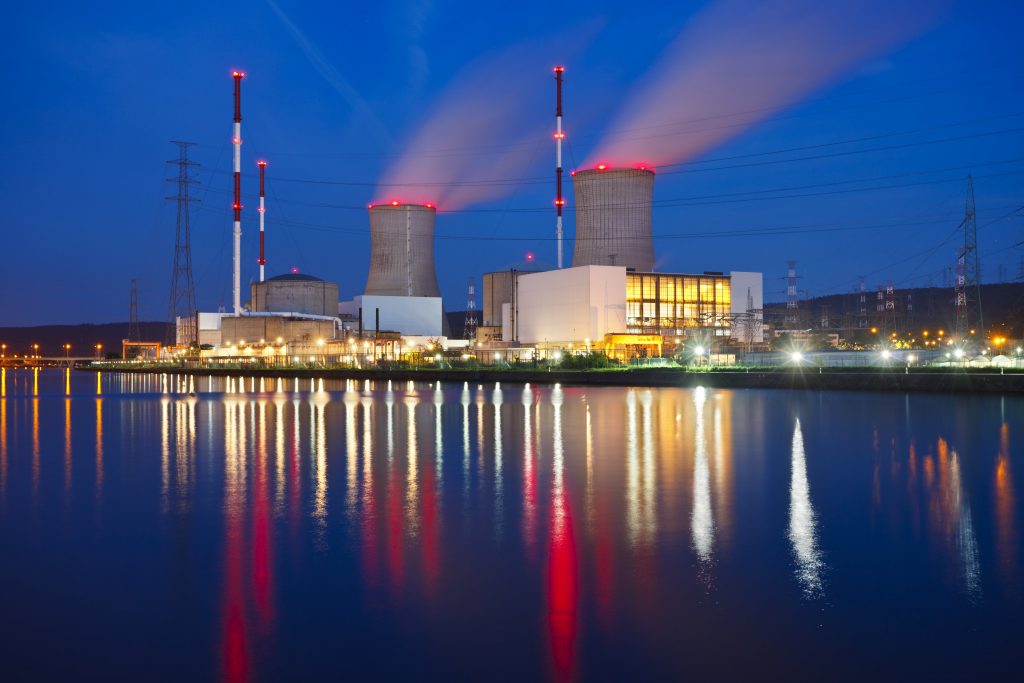
It’s time for the most controversial type! As it contains radioactive elements like uranium, nuclear energy’s disadvantages were seen more than its advantages due to storage risks and its use requiring extreme care. Accordingly, European countries shut down most nuclear power plants.
However, The European Union accepted nuclear energy as green investment, along with natural gas. This decision resulted in criticisms due to Europe’s dependence on Russia for natural gas and its opposition to nuclear power. Also, it was a declaration that the EU has a short time to reach its 2050 climate target. Apparently, authorities cannot find anything equivalent to replace these energy resources in this period.
Other less common examples:
When we look at the European Union’s latest decision, we see that although the share of renewable natural resources grows, we still cannot give up on nonrenewable resources. Thus, we must stop treating nonrenewable resources as inexhaustible resources. But how?
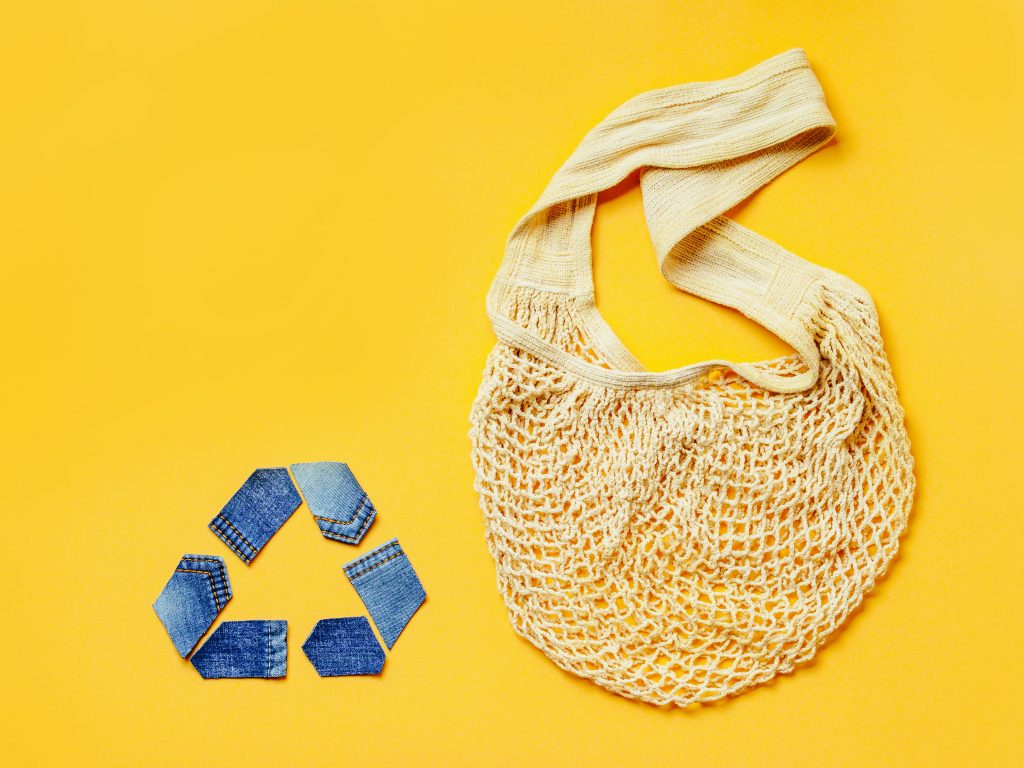
In this journey, macro-scale renewable energy adoption should go along with nonrenewable sources’ efficiency measures. Still, it is a necessary cost reduction and stabilization tool. These measures should also contribute to the circular economy transition by including three rules: reduce, reuse, and recycle! This way, we can focuson reducing energy demand, sustainable consumption, and turning waste back into capital.
Don’t think these are small steps! They are reflections of macro level nonrenewable source recovery to us. Waste management applications, more productive with the combination of policy and technology, are the biggest subsidiary of the recovery process.

Evreka uses the digital waste management system as a remedy against the resource crisis and, therefore, the climate crisis worldwide. EvrekaCrew optimizes waste management in all areas from collection to recycling and produces special solutions, such as EPR Management and MRF Management. Consequently, you can get:
If you want to take a step towards material recovery by growing your business with unique solutions, contact EvrekaCrew now!